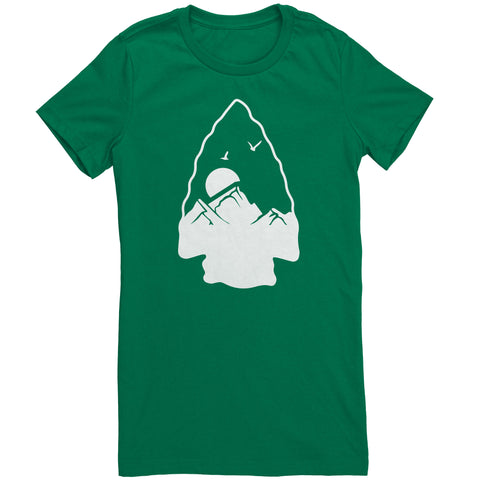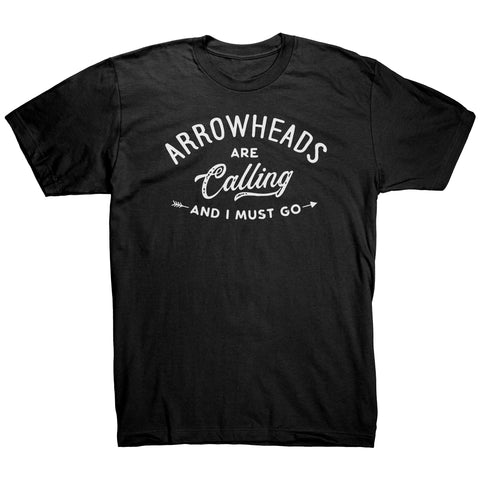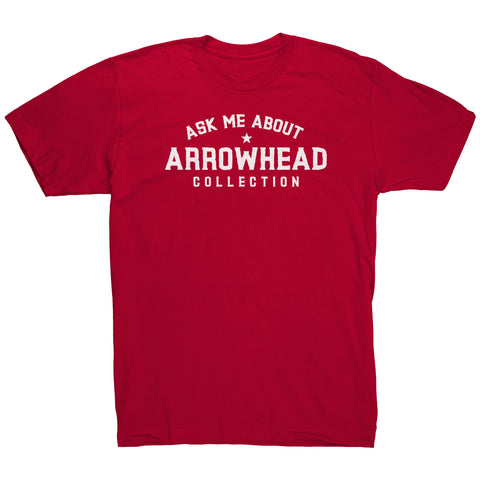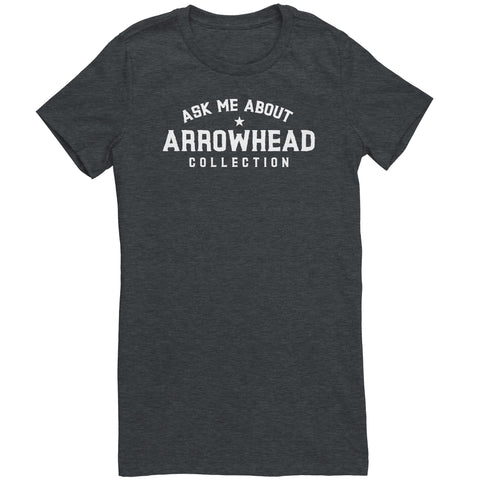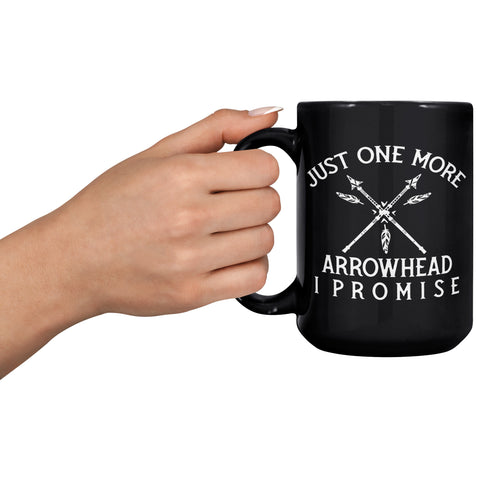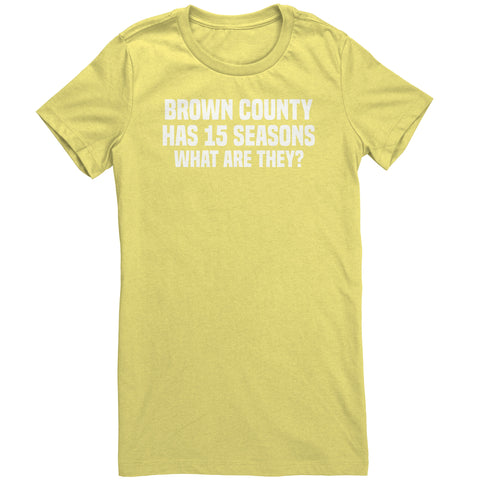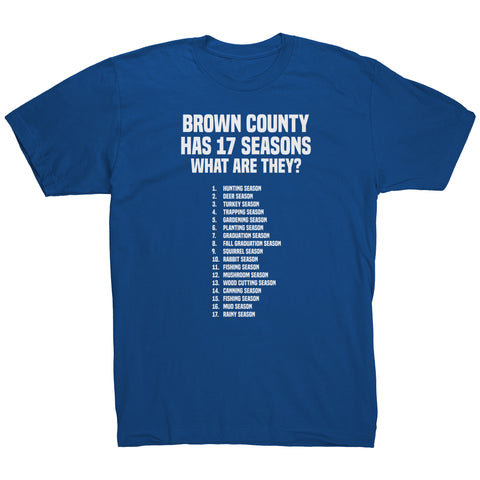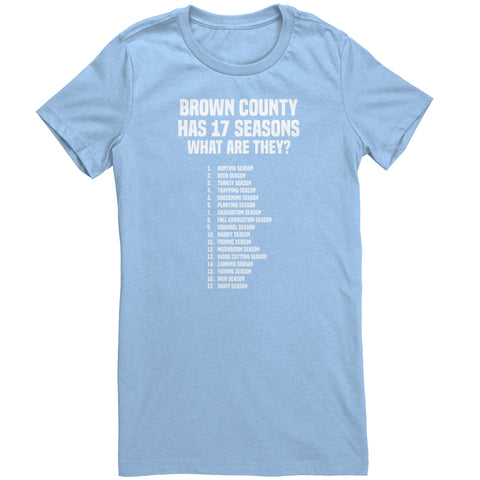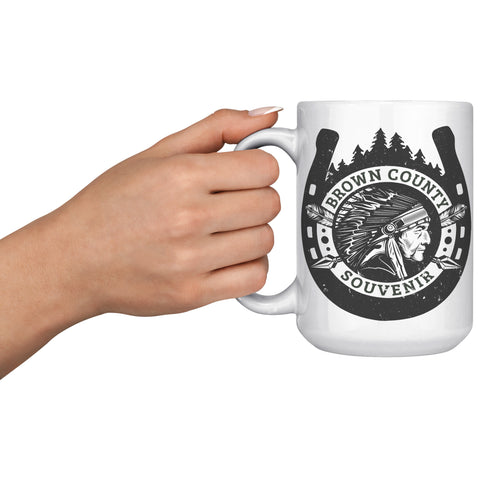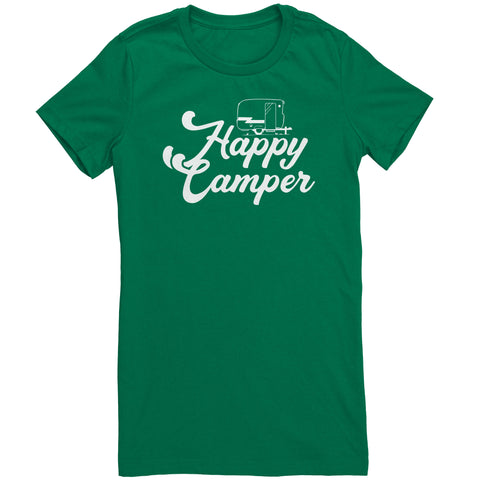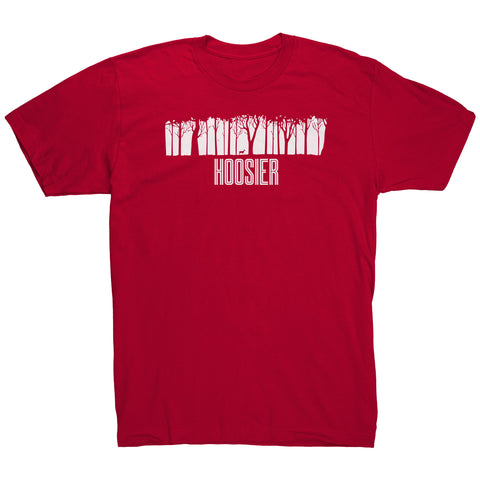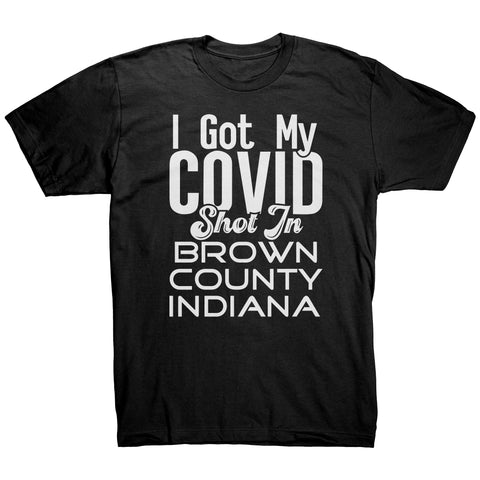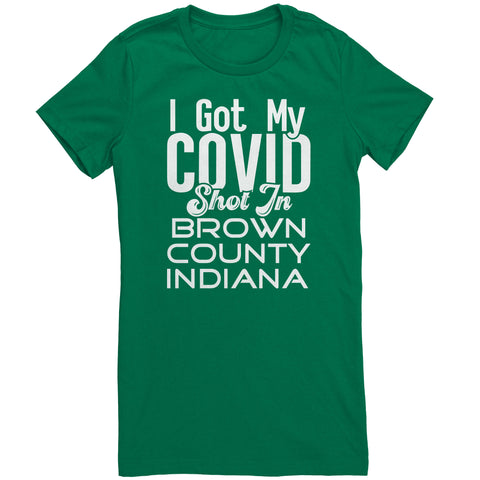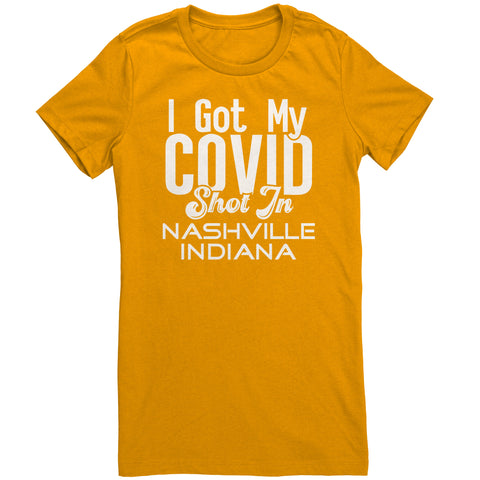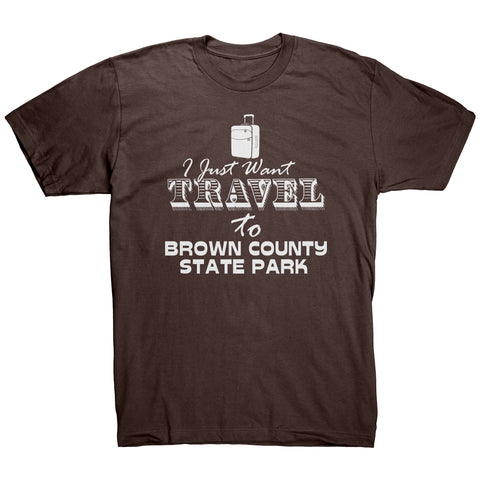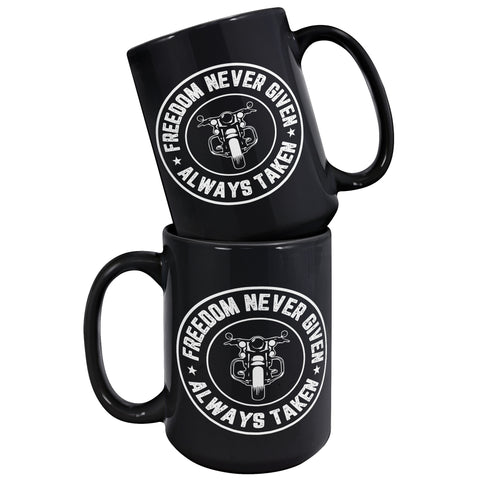The History Of Brown County - A Hidden Gem Of Southern Indiana
by Lonnie Ayers
The History Of Brown County - A Hidden Gem Of Southern Indiana
Brown County Souvenir
Brown County History
“Fall Ain’t All in Brown County”
Indiana was established as a state in 1816 and Brown County was established a few years later in 1836 with Nashville decided on as the county seat. Brown County was created by slicing off several miles from the Jackson, Bartholomew, Morgan, Monroe and Johnson Counties.
During this division of property all the rivers were left in their original locations nearby, and Brown County was given the benefit of having the Salt Creek stay here in 2 or 3 feeder locations.
Nashville was the second choice for county seat as Jacksonburg was first choice, but it is the one that was kept. It is the only incorporated town in the entire county, with a population of just about 15,000 in the entire county.
The largest township, area wise in the county, is Van Buren Township in the southern part of the county. At one time it was much smaller but when the site for the largest state park in Indiana was chosen, it was here in Brown County, with just slightly over 15,800 acres, entirely forested.
That Brown County State Park is the busiest in the state’s park system and is located less than one mile from Nashville and has three entrances, one in the south part for horses and campers only. The north entrance has a covered bridge entrance which is super nice and well maintained, but limits the weight limit on every vehicle. The third entrance on the west side is for the normal flow of all traffic. All the entrances are made through a log gate cabin which provides job opportunities for several older residents in the seasons.
Many of the acres to establish the Brown County State Park were forcibly removed from the prior owners in Van Buren Township.
Also removed from Brown county’s tax rolls was Johnson Township, just to the west of Van Buren. When the various governments decided to establish the Hoosier National Forest, another several tens of thousands of acres were removed. At almost the same time other acres were removed for the Yellowwood State Forest and even in later years, more acres were taken for the Charles Deem Wilderness Area. These projects would nearly break the back of the Van Buren residents as those dollars earned by the rightful owners was placed in a bank account with the owner’s names on it, and they were told to move out.
Johnson township, now with less than 100 residents, joined with Van Buren Township, and was removed from the maps to make room for the Monroe Reservoir which was designed to provide a water supply for the Bloomington area in Monroe County. Not one access point was made for the folks in Van Buren or Brown County when the reservoir was completed and the residents of Van Buren lost their only other outlet to the west when the water eventually covered the entire township except for perhaps a dozen or so homes in higher locations.
The residents in the lower third of Brown County now had to go several extra miles to find an access point or to get to the city of Bloomington. This has been a sore talking point to the Van Buren people ever since all their land was removed from their possession.
Many, many residents were subjected to the Civil War call ups, therefore depleting our population even further. War was not the only killer of residents as the measles took nearly as many lives as did the war.
At the turn of the century, the beauty of what was left to become Brown County was discovered by now world-renown artists. They began coming here to see the lovely leaves as they changed during their seasons and those beautiful images were put onto canvas by their designers.
One of the better-known artists was T. C. Steele and his wife, Selma. They built the House of the Singing Winds, just down a country road to the south in the center of Belmont, high on the ridgetop where each would do his/her paintings. The wife also loved Easter lilies and spent years developing the landscape around their home.
After they returned to their homes in Indianapolis and other areas ,dozens of other artists followed them. Many stayed with the Steeles and others stayed in rooming houses there in Nashville.
It was a common site to be driving down a country road and come upon one or more of the artists sitting on their little folding stools, an easel in front of them as the artist viewed what was in front of them. They began coming in droves and many became very famous around the world for their artistry.
From the early 1900s through 1930 or thereabouts, the doings of the artists became the lifeblood of the jobs and earnings to be made in Brown County and was also the start of the many art colonies still alive today in Nashville.
There are major art galleries, and even small ones, in Nashville as well as several dubbed as guilds, but all showing the wares of the older artists and well as the later day ones.
Photographer Frank Hohenberger captured many of these activities with his camera. Many of his photographs are on sale or just for viewing in Nashville.
Writer Ernie Pyle also lived in Nashville for a time during his war correspondent years as have several other television stars.
Nashville is becoming a sprawling out of 3-story buildings which house not only artworks but have rooms to rent, places to eat and gifts to be had of all kinds, but many log cabin shops and homes still live right here in Nashville. Most of the merchants try to keep a good supply of Brown County Made items in their shops, but some have gifts for sale that would please many buyers from other places as well.
During this past Christmas season there were so many objects sitting out on the sidewalks for sale that had not been shown before that it was great to walk through the town and just keep in mind what you wanted to buy. There are many wooden benches set out on the sidewalks of town so you could stop and rest for a spell, maybe eat an ice cream treat, drink a cup of coffee and just watch the people walking by and maybe speaking to you. It is really, really fun.
Many of the merchants stay open all winter long, but maybe with shortened hours, that it would be nearly impossible not to have a good time in Nashville at any time of the year.
Now that virtual shopping is taking off here on a website called Brown County Souvenir.com it is even easier to get your fill up of Brown County items right from your favorite seat in your own home. But it is a lot of fun also to visit Nashville and/or Brown County State Park and mingle with millions of other visitors to Brown County. If you don’t want to mingle with that many people and you want to visit Nashville you need to make reservations for accommodations, I would advise you make them early as possible.
Just remember: “Fall Ain’t All in Brown County”
By - Helen Ayers
About the Author
Lonnie Ayers

Lonnie Ayers is a veteran SAP consultant, digital marketer, and co-founder of Brown County Souvenir. He focuses on strategy, automation, and regenerative commerce.




